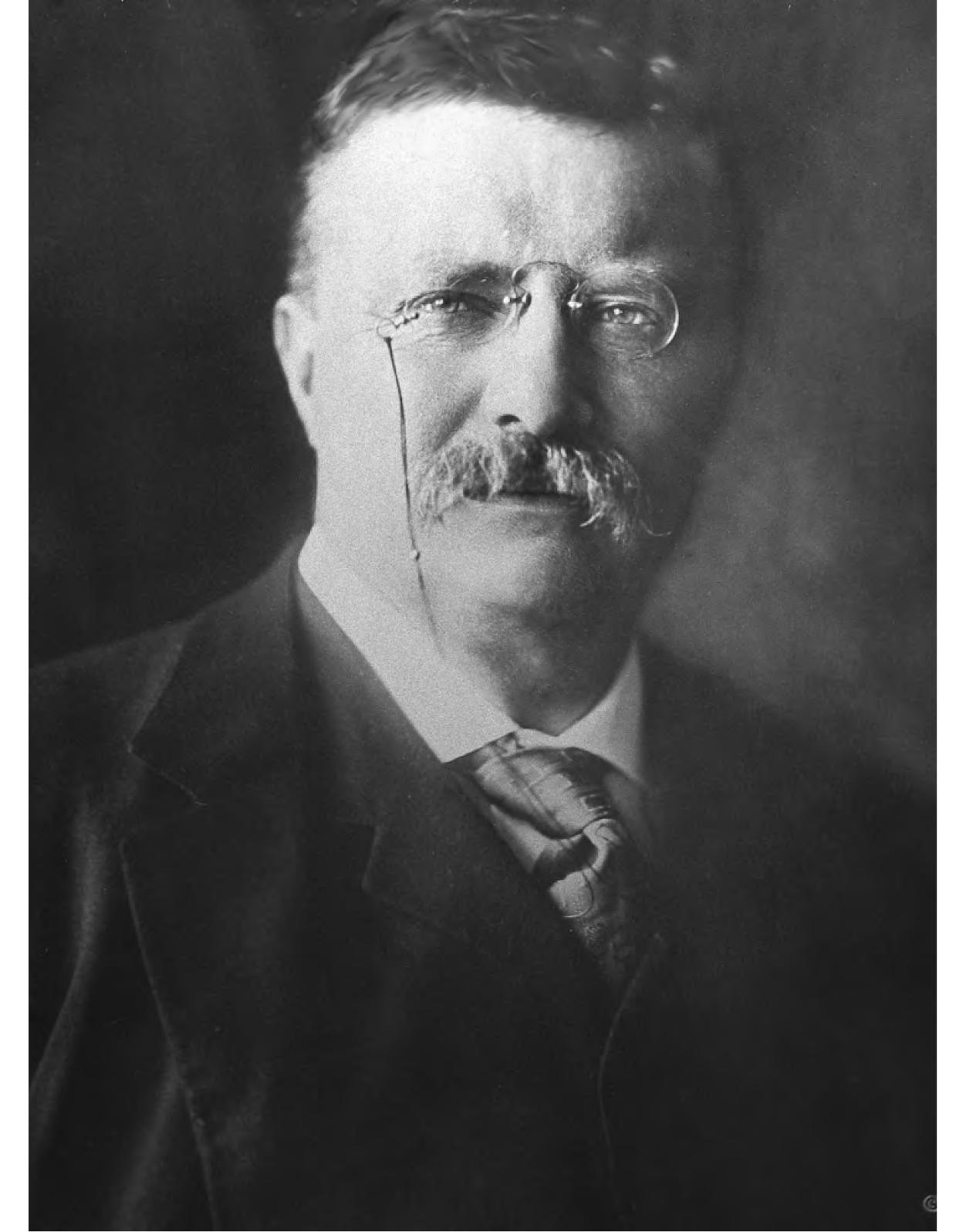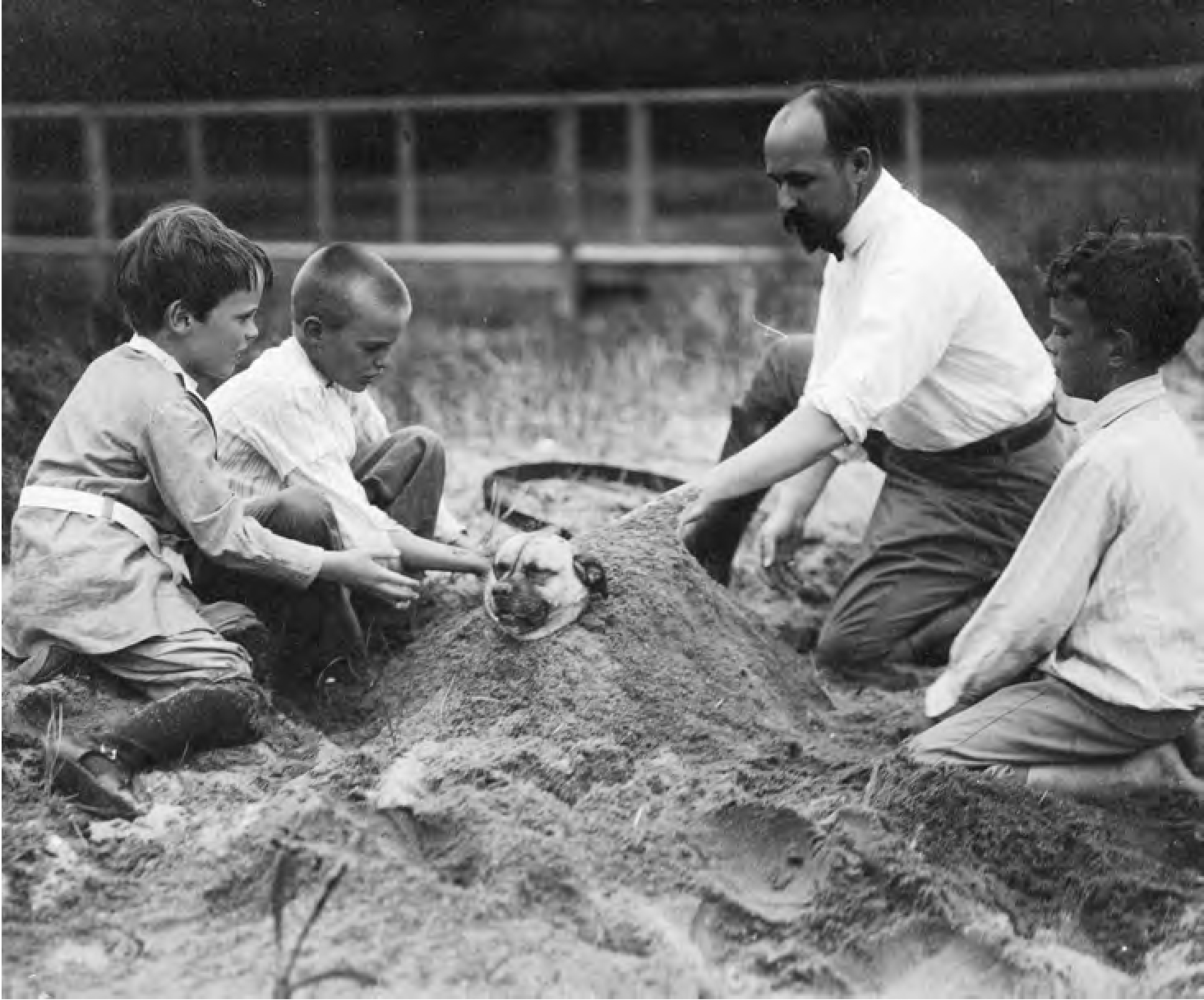Short Nights of the Shadow Catcher (15 page)
Read Short Nights of the Shadow Catcher Online
Authors: Timothy Egan

After being captured, Geronimo was incarcerated at camps in Florida and Alabama. In
old age, relocated to the compound of Fort Sill, Oklahoma, Geronimo became a celebrity
of the new century, the last of the “wild Indians,” now professing to embrace the
pickled tenets of the Dutch Reformed Church. Though in the slow-motion harmlessness
of his old age, Geronimo needed government approval to leave the fort; he remained
a prisoner of war for the rest of his days. President Roosevelt gave him permission
to tell his life story to a writer, S. M. Barrett, and to attend the St. Louis World’s
Fair in 1904. At the exposition, he sold autographed photos of himself for twenty-five
cents apiece, keeping a dime in profit. On good days, he cleared two dollars.
In the life of Geronimo, Curtis saw much of Chief Joseph, and also a cautionary tale
against Indian assimilation. The stories of clinging to the last bit of independence,
of elusive escapes and long, dreary imprisonments in a strange land, were not unlike
those of the Nez Perce leader. Still, Curtis was in Washington to take pictures, not
to redress old wrongs. His outrage would have to be conveyed through his camera. In
fashioning Geronimo’s portrait, after persuading him to pose in a separate sitting,
Curtis resolved to transmit the truth of a hard man who would give up nothing for
sympathy. He photographed him staring into the lens, bonnet on his head, clutching
a spear. In that picture he looks shrunken, lost. Then he captured another man: Geronimo
in profile, his entire upper body wrapped in a rough woolen blanket. This Geronimo
is without a single bit of jewelry or ornamentation, and with only a simple cloth
headband, as he used to wear in his youth. This Geronimo is a face—barely half of
one—that is deeply lined, just like old Angeline. His brow is furrowed, his chin clenched.
He looks away from the camera in a defiant snub for all time.
Go to hell!
Not long after the inaugural, the pictures of the Roosevelt family at Sagamore Hill
appeared in
McClure’s
Magazine.
The president liked them so much he would use them in his autobiography. The fuss
around the first family photos reinforced Curtis’s reputation as the premier portrait
photographer in the United States. At the same time, he basked in a prolonged run
of national publicity in magazines and big-city newspapers about his Indian work,
matching the kind of press he was getting back home. Bird Grinnell’s piece in
Scribner’s
set the tone:
“It is easy to conceive that if Curtis shall have his health, and shall live for ten
years, he will then have accumulated material for the greatest artistic and historical
work in American ethnology that has ever been conceived of,” he wrote. “I have never
seen pictures relating to Indians which, for fidelity to nature, combined with artistic
feeling, can compare with these pictures by Curtis. Today they are of high scientific
value. What will they be a hundred years from now when the Indians shall have utterly
vanished from the face of the earth?”
Gilbert H. Grosvenor, the first full-time editor of
National Geographic Magazine,
was equally effusive. “He gave our Geographic Society the most wonderful exhibition
last night I have seen,” he wrote in a letter to a friend. “We had about 1,000 people
and they just sat and clapped and clapped. He showed about 130 pictures and they applauded
nearly every one, though our audiences are usually very staid.”
For all of the adulation from men in high places, Curtis still could not get the financial
backing he needed to continue. Meany was having trouble finding enough donors to bundle
a loan. More publicity would help, he suggested. The favorable press seemed without
limit; time was something else.
“As you were so good to say that I might write you in regard to this Indian work,
I am losing no time in availing myself of the privilege,” Curtis wrote to President
Roosevelt, on a dare and a prayer, while in Washington, D.C., for several exhibitions
in late 1905. “Trusting I am not asking too much and again thanking you for your great
interest in the work.” He requested a letter of introduction to Andrew Carnegie,
one of the few tycoons on good terms with Roosevelt and who was planning to give away
most of his fortune. Roosevelt didn’t know Carnegie well enough, and also considered
him somewhat of a pain in the ass, always with the little nag notes to the president.
Other rich men in the country despised Roosevelt, the Republican who had raged against
“malefactors of great wealth” and waged court fights to break up their monopolies.
“There is no man of great wealth with whom I am on sufficient close terms to warrant
my giving a special letter to him,” Roosevelt replied, understating the obvious. “But
you are most welcome to use this letter in talking with any man who has any interest
in the subject.” He continued with a stream of superlatives: “I regard the work you
have done as one of the most valuable works which any American could do . . . You
are making a record of the lives of the Indians which in another decade cannot be
made at all, and which it would be the greatest misfortune, from the standpoint alike
of the ethnologist and the historian, to leave unmade. You have begun just in time,
for these people are at this very moment rapidly losing the distinctive traits and
customs which they have slowly developed through the ages.”
It was a gold standard of a letter. The leader of the United States at the peak of
his popularity, a prolific author as well, had written an endorsement for a project
that was vital to the nation. Curtis read the reply as he prepared for another beggar’s
trip to Manhattan in the chill of winter, his last chance to find a way to fully inflate
the Big Idea. He would try to win the indifferent heart of the richest man in the
world, so called, though he was told that a note on White House stationery would not
help—and would probably hurt.

Sagamore Hill to take pictures of the children. He talked Roosevelt into a sitting
as well, and both men loved the resulting portrait.

House. He helps bury a compliant dog with, left to right, Quentin, Archie and Nicholas
Roosevelt.

1904. Curtis made several trips to the Sky City of Acoma, New Mexico, the oldest
continuously inhabited town in the United States. The cisterns here caught the eye
of Coronado when the Spanish arrived in 1540.
1906
W
ITHIN THE SHORT ARC
of Edward Curtis’s life to date, the United States had gone from a scruffy nation
of farmers and Main Street merchants to the foremost industrial power on the planet,
and done so without a central bank. But while there was yet no Federal Reserve, there
was the colossus of J. Pierpont Morgan, a crow-eyed collector of art, railroads and
women, who made his fortune by timely bets on the most desirable commodities of the
age. Morgan was no bootstrapper; there was no Horatio Alger in his story, this product
of the best schools in the East and Europe. Morgan came from money and comfort, and
converted a family stake into monopolies and a regal life. Napoleon was a personal
hero; Morgan studied his military moves and matched them on the financial field. Having
more money than anyone else meant the House of Morgan could spring when others were
crippled, lend when rivals were barren of funds, own politicians without directly
paying for them. Morgan was a predator with a plan, and largely bloodless. He took
the competition out of railroads, corralled chaotic suppliers of electricity into
the smooth-running trust of General Electric and shaped U.S. Steel to become the world’s
first billion-dollar corporation. At the height of his powers, he was compared to
Alexander the Great by a scholar at Yale, and disparaged as “a beefy, red-faced, thick-necked
financial bully” by the progressive senator Robert M. La Follette. At the age of sixty-eight,
with few financial castles left to conquer, Morgan was drawn to high Renaissance art
and mistresses who knew how to make him laugh. He had six homes, and was getting ready
to open a palace of marble to house his treasures next to his main residence, an imposing
brownstone at 219 Madison Avenue in Manhattan.
Morgan conducted business a few miles downtown, in the heart of a financial district
that was largely an ecosystem of his own making. His white marble lair at 23 Wall
Street was to global capitalism what the Vatican was to Roman Catholicism. At the
six-story building—known as “the Corner,” just across the street from the New York
Stock Exchange—Morgan received monarchs, heads of state, senators, congressmen and
silk-vested sycophants from all areas of moneymaking. Women were allowed to enter
the inner sanctum but once a year, a formality designed to show that Morgan had a
touch of enlightenment. Morgan was thinking of razing the building and replacing it
with a neoclassical limestone fortress, daunting and impenetrable to outsiders.
It was at the entrance of 23 Wall Street that Edward Curtis presented himself on the
twenty-fourth day of January 1906, with a last-chance plan to keep his Indian project
alive. Within a few months, Morgan would be spending most of his time at his new library,
at the corner of Madison and Thirty-sixth Street. The manse next door, Morgan’s home,
had been the first in New York to be entirely illuminated with electric light. By
contrast, the library was an homage to antiquity: it was built using the ancient Greek
technique of fitting massive marble blocks one atop another—precision construction
using almost no mortar. Nothing could be more costly. During the design phase, he
had made so many demands that his architect, Charles F. McKim, suffered a nervous
breakdown. Inside, visitors would pass through a pair of bronze doors into a rotunda
with curved walls of mosaic panels. The apse was based on Raphael’s design for the
Villa Madama in Rome. The ceilings throughout the library were clouded with narrative
art. The den was stuffed with more carved stone, more masterpieces, and its ceiling
woodwork was chipped from its anchor in a fifteenth-century Tuscan palazzo. Directly
across from the study, where the architect had wanted high windows to let in light
on his creation, Morgan walled off the space so he could hang another acquisition:
a huge, four-hundred-year-old tapestry titled
The Triumph of Avarice.
A long letter from Curtis had arrived in advance of the photographer’s appointment.
Despite his desperation, Curtis conveyed his usual breezy brio. “When I call to see
you tomorrow afternoon, you can see what I am like.” He then went on to the significance
of the task; no use throat-clearing. “As to the artistic merit, it must speak for
itself, and no one can be a better judge of that than yourself.” A pinch of flattery—of
course. Morgan was the president of the Metropolitan Museum of Art and the foremost
market force in that high cultural realm; he could indeed judge for himself. But just
in case: “I feel the work is worthwhile and as a monumental thing, nothing can exceed
it.” And then a cut to the chase: “I have the ability, strength, and determination
to finish the undertaking, but have gone to the end of my means and must ask someone
to join me in the undertaking and make it possible for all ages of Americans to see
what the American Indian was like. Whatever the outcome of our meeting, let me now
thank you for your courtesy in allowing me to bring the matter before you.”